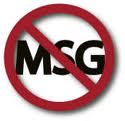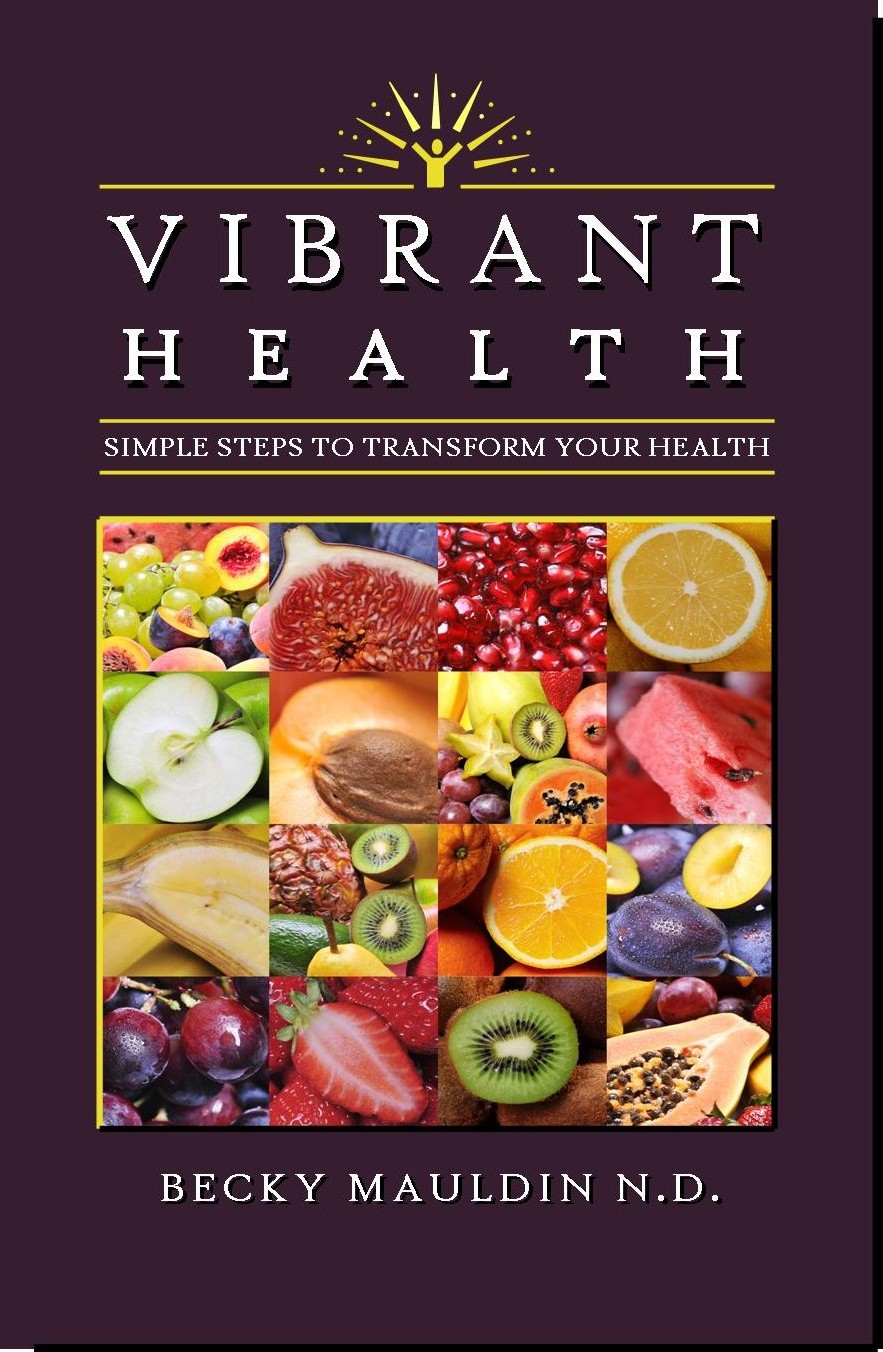 Monosodium glutamate, or MSG, is a flavor-enhancing chemical that is added to processed foods. It may sound pretty innocuous, but it can produce many adverse health effects.
Monosodium glutamate, or MSG, is a flavor-enhancing chemical that is added to processed foods. It may sound pretty innocuous, but it can produce many adverse health effects.
It belongs to a category of food additives called excito-toxins. MSG revs up brain amino acids that make one feel “up”, stimulated, or slightly excited, leading to possible addictive eating patterns and obesity. Dr. Russell Blaylock stumbled onto this research when he found that his own children were so hooked on a particular Chef Boyardee spaghetti sauce with pasta alphabets that they craved it for every meal. He found it was the MSG that provoked the craving reaction in the children. As he researched this food additive, he was startled to find that MSG wears out the nerves through hyper stimulation. MSG actually tricks your brain into thinking that what you are eating tastes good so manufacturers can use cheap ingredients to make poor tasting products seem tastier. Dr. Blaylock published his research in the book, Excitotoxins: The Taste That Kills, explaining the toxic effects of several common food additives.
Dangers of MSG
MSG can destroy the nerve cells, specifically in the inner layers of the retina and in an area of the brain that controls the glandular functions of the body. Blaylock found that as little as a single dose of MSG can trigger nerve deterioration. Overstimulation of the receptors on the nerves by ingesting MSG can lead to innumerable health problems.
Some typical adverse reactions can include migraine headaches, asthma, nausea or vomiting, fatigue, disorientation, depression, excessive thirst, and many more symptoms. While not everyone will get symptoms from ingesting it, MSG is a toxic compound that everyone should avoid.
Where is MSG found?
Restaurants frequently add MSG to their menu items. Many restaurants that advertise “No MSG added” may not add MSG to the food once it is prepared, but MSG may still be present in some of the ingredients they use to prepare the food.
While MSG in it’s pure form must be labeled, food manufacturers are aware that consumers have become savvy to the term, “monosodium glutamate”, and are now adding it to foods under other difficult-to-identify names. For instance, when MSG is in an added ingredient, such as hydrolyzed protein, the FDA does not require that MSG be listed as such on a label, even though the food now contains MSG.
Here is a list of ingredients that always contain MSG:
- Glutamic acid or Glutamate
- Monosodium Glutamate
- Textured Protein or Textured Vegetable Protein
- Yeast Extract
- Autolyzed Yeast
- Hydrolyzed Protein
These foods typically contain MSG: most bouillon or commercial broths, many canned meat products and canned soups, soy sauces, salad dressings, seasoning blends. There are many popular processed foods that contain MSG: Hidden Valley Ranch salad dressing, Doritos, Chef-Boy-Ardee canned pasta, and many more.
What You Can Do
It is important to read labels carefully. The best way to avoid it is to stay away from packaged foods and prepare your own food using only natural foods. Make your own broth rather than using bouillion or canned broth. Rather than buying bottled salad dressings, make your own. I have several easy salad dressing recipes in my cookbook, Vibrant Health.
For more information on the health effects of MSG, see the Truth In Labeling website.
**********************************
I'd love to see more of you. Come over to my Facebook page and let me know what you think of this post.
This is posted on:


Connect with Pure Vitality Everyday!